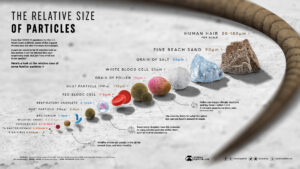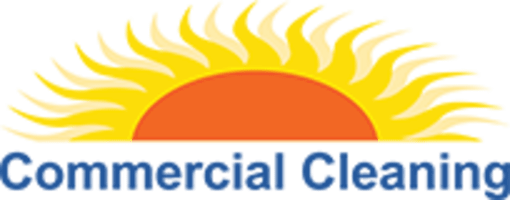As the Fall months arrive and the temperatures drop, more people will be gathering inside. To protect our health and safety while still bringing our community together, we need to be two steps ahead of Covid-19. We know now that contaminated hard surfaces are generally not the culprit of the increase in cases but that air particles are.
Since Covid-19 first broke out, our knowledge of the virus has increased rapidly. We know now what the symptoms are, how to treat them, and how the virus is transmitted. Scientists have confirmed that Covid-19 spreads from person to person and that transmission via contact with contaminated surfaces is extremely low. The likelihood of a person spreading Covid-19 via contaminated surfaces has less than a 1 in 10,000 chance of infection, according to Harvard Medical School. Knowing that contaminated surfaces are not the culprit, we need to focus on how to filter and clean the air that we breathe.
Airborne contamination is a mode of transmission where many diseases can enter our bodies and cause harm. Airborne transmission has the highest rate of transmission possible because it is both indirect and person-to-person. Masks are worn since the outbreak of Covid-19 because it is a way to control the amount of airborne exposure that a person has to these diseases. Besides masks, we need to re-think the way that we circulate our air. We can make changes to building operations, such as heating, ventilating, and air-conditioning systems to reduce airborne exposure. The current filters in light commercial systems are used solely to protect the coil of the HVAC system.
Not sure what this means for you and your business? Check out below…
The challenge is to use the HVAC system to remove these sub-micron particulates through the HVAC system without clogging the airflow. Most MERV 13 filters (ASHRAE minimum recommended) use what is called a mechanical catch. This is where the weave in the pleated filters is so tightly woven together to “catch” sub-micron particles, that they tend to get to load too quickly and cut off airflow, which can burn up the blower motor and ultimately the A/C compressor, a very expensive repair/replace.
The Sander’s Filters are engineered to use an electrostatic field, generated by air moving across specially designed fibers rubbing against one another to create a “magnetic” field that attracts and holds the sub-micron particulate without destroying the microbe. Destruction of the microbe could cause VOCs to be introduced into the space, which is another set of problems. The Sander’s Filters have found that sweet spot of capture and hold the microbe particulates much like a strong magnet would capture and hold ferrous metal shavings. NIOSH confirms that the filter maintains its’ electrostatic field throughout the life of the filter, giving extended life to the filter’s efficacy.
By using the building’s HVAC system to filter the air beyond keeping dirt and dust off the A/C coils, the building owner can leverage their investment and provide indoor air quality protecting inhabitants from the spread of harmful viral, bacterial, and/or fungal microbes being blown into the space through the HVAC system.
Keep this in mind, sub-micron particulates are not subjected to gravitational pull. They can float in the air for hours and travel along minimal air currents created by the HVAC system and people walking about. This was confirmed by a recent study at Rutgers University.
Although this piece doesn’t speak to janitorial services, Commercial Cleaning wants to help be part of the solution rather than a part of the problem. Our goal is to get past this pandemic together and get back to what we do best, which is to provide the best janitorial service possible.

